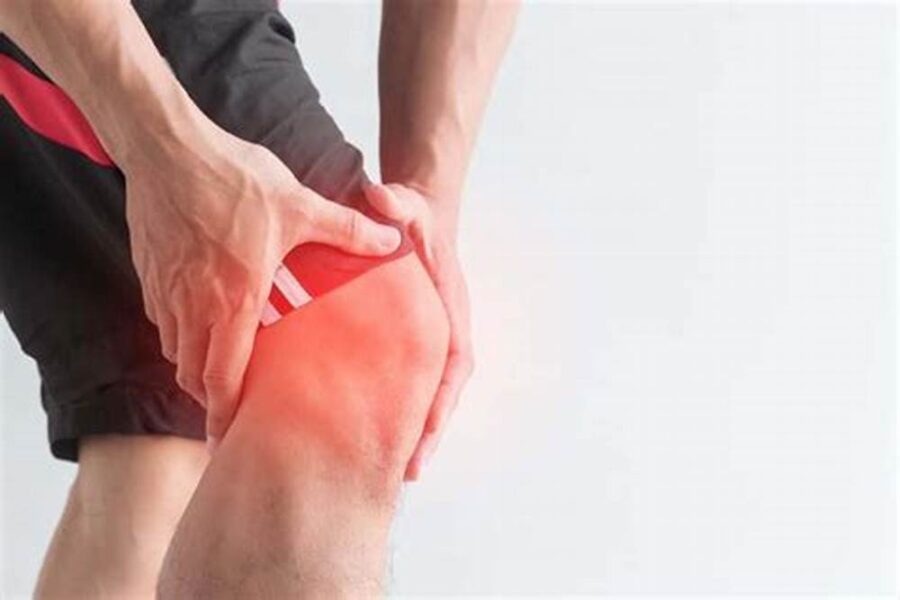Knee Osteo-Arthritis (OA) used to be thought of as a strictly structural wear and tear / degeneration of the cartilage that protects the articular surfaces of the tibia and/or femur – the bones of the knee joint. With the extensive research that has been done in this area, we now know that this condition has a lot more layers to it and that knee health and pain experience are driven by different biopsychosocial factors that can be potentially modified with the right evidence-based care.
Unfortunately knee OA will occur in one out of every eight adults in varying intensities, and this is precisely why it is imperative that this is managed more efficiently to allow for the individual the best chances for long term positive results.
Common symptoms of knee OA include knee pain with movement or after prolonged sitting, knee stiffness and swelling and loss of range of movement at the knee joint. Even though pain is a common symptom, it does not necessarily correlate with the severity of the condition. If you have been diagnosed with this condition, we, as physiotherapists must do everything to allow you to self-manage this for the long term and avoid / postpone the need for surgery. This process should include a multi-dimensional approach that will include the following:
1. Education
– Understanding OA’s implications, time frames
– Flare up management tools
– Activity modifications if needed
2. Targeted individualised exercise therapy and physical activity
– Personal functional goals
– Strength
– Range of movement
– Cardio-pulmonary
– Balance & Proprioception
3. Weight management support (if necessary)
The most important thing is to remember that you are in charge of your health, and so shared decision making, and communication are the key for you being able to control this condition for the long term and achieve positive results.
If Knee OA is something you’re currently managing or concerned about, book an appointment with us today for a detailed assessment, treatment and planning.
– Hunter DJ. Osteoarthritis: time for us all to shift the needle. Rheumatology (Oxford).
2018 May 1;57(suppl_4):iv1-iv2. doi: 10.1093/rheumatology/key065. PMID:
29684220.
– Caneiro J, O’Sullivan PB, Roos EM, et al Three steps to changing the narrative about
knee osteoarthritis care: a call-to-action British Journal of Sports
Medicine 2020;54:256-258.
– Collins NJ, Hart HF, Mills KAG. Osteoarthritis year in review 2018: rehabilitation and
outcomes. Osteoarthritis Cartilage. 2019 Mar;27(3):378-391. doi:
10.1016/j.joca.2018.11.010. Epub 2018 Dec 7. PMID: 30529739.
– Arya RK, Jain V. Osteoarthritis of the knee joint: An overview. JIACM. 2013
Apr;14(2):154-62.

